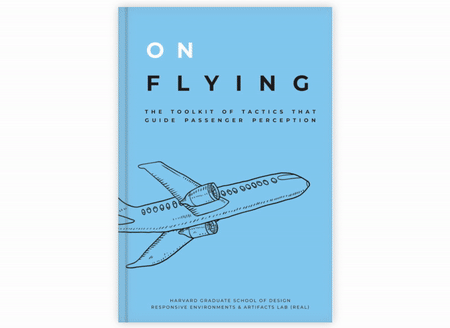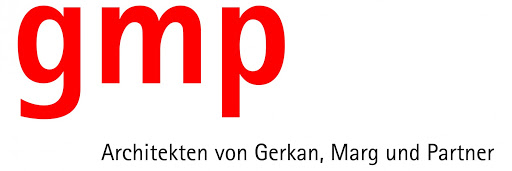About
Air Travel Design Guide
The Air Travel Design Guide is a guidebook for airport stakeholders, designers, and air travel enthusiasts, which describes the design of artifacts, spaces, and systems that impact the passenger experience of air travel.
The project is an analysis of the toolkit of tactics deployed by airports and airlines to guide passengers along. It catalogs a range of artifacts that passengers interact with during air travel: 1) documenting the design decisions embedded within them, 2) identifying their impact on passenger perception, and 3) speculating on alternative scenarios for design and passenger interaction.
Our goal is to facilitate a rethinking of how to design objects, spaces, and systems by putting the human experience at the forefront.
An important ambition of the guide is to improve understanding of the air travel passenger experience. It approaches this complex process through careful, focused study of the specific artifacts and processes that passengers engage with during air travel, using the resultant catalog of artifacts to document broad themes in the contemporary air travel experience and identify opportunities for design intervention embedded within.
The Air Travel Design Guide represents the culmination of the first phase of research, and will serve as a springboard for future phases of research within the Future of Air Travel project at the Harvard Graduate School of Design.
Book Publication
This website is a companion to an associated research publication titled, On Flying: The Toolkit of Tactics that Guide Passenger Perception (view digital copy here). The book describes and quantifies the effects of various architectural and physical elements on the air travel passenger experience, as well as the tactics that travelers develop in response to them.

Responsive Environments and Artifacts Lab
The Air Travel Design Guide was developed by faculty and researchers affiliated with the Responsive Environments and Artifacts Lab (REAL) at Harvard Graduate School of Design (GSD).
Authors: Allen Sayegh, Humbi Song, Zach Seibold, Isa He
Research Assistants: Jan Kwon, Oliver Luo



Laboratory for Design Technologies
This research effort is part of the collaborative platform Laboratory for Design Technologies at the Harvard Graduate School of Design. The Laboratory for Design Technologies (LDT) brings together a number of the school’s technology research units and a select group of industry advisors to engage in forward-thinking, imaginative research.
The primary focus of the LDT is to advance our understanding of how design technologies can improve the human condition. The work of faculty and research units associated with the LDT addresses a range of scales and subjects, including responsive technologies and sensing, adaptive and smart material systems, robotics and additive manufacturing, computational design and modeling, urban data analytics, and transport systems design.
The Future of Air Travel is LDT’s inaugural project, launched in 2019 which aims to document, understand and respond to the complexities of contemporary aerial travel.
Future of Air Travel: Industry Advisors
This project is supported by the following members of the Laboratory for Design Technologies (LDT) Future of Air Travel Industry Advisors: Boeing, Clark Construction, Perkins & Will, gmp, and Massachusetts Port Authority (Massport).




